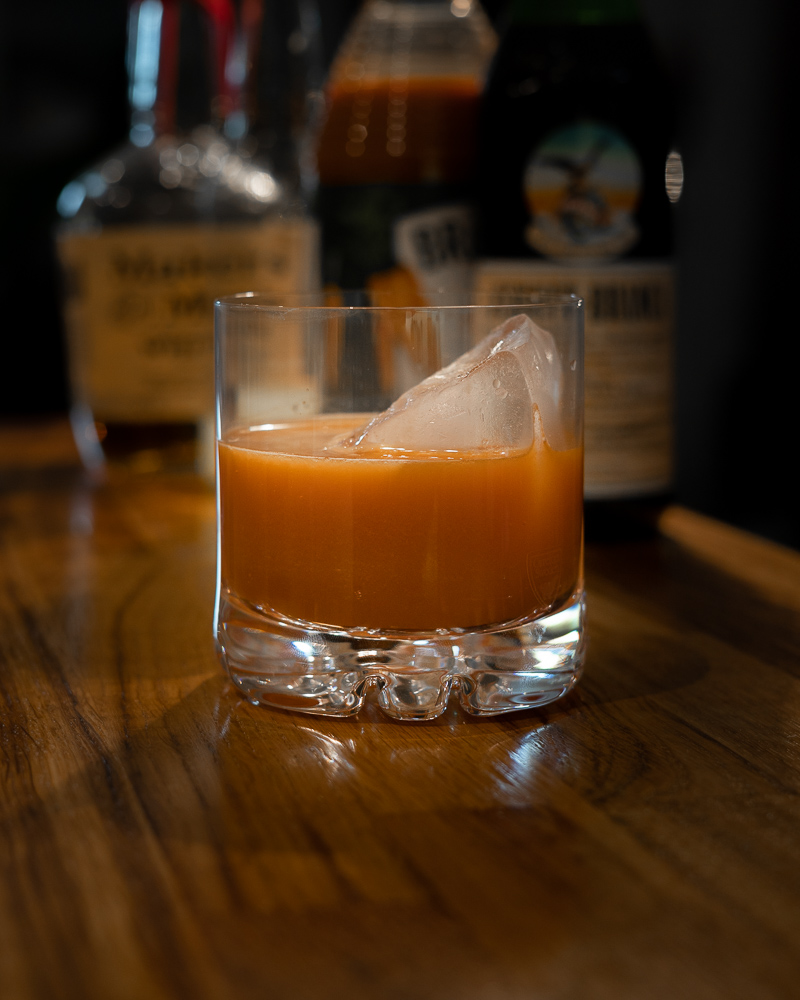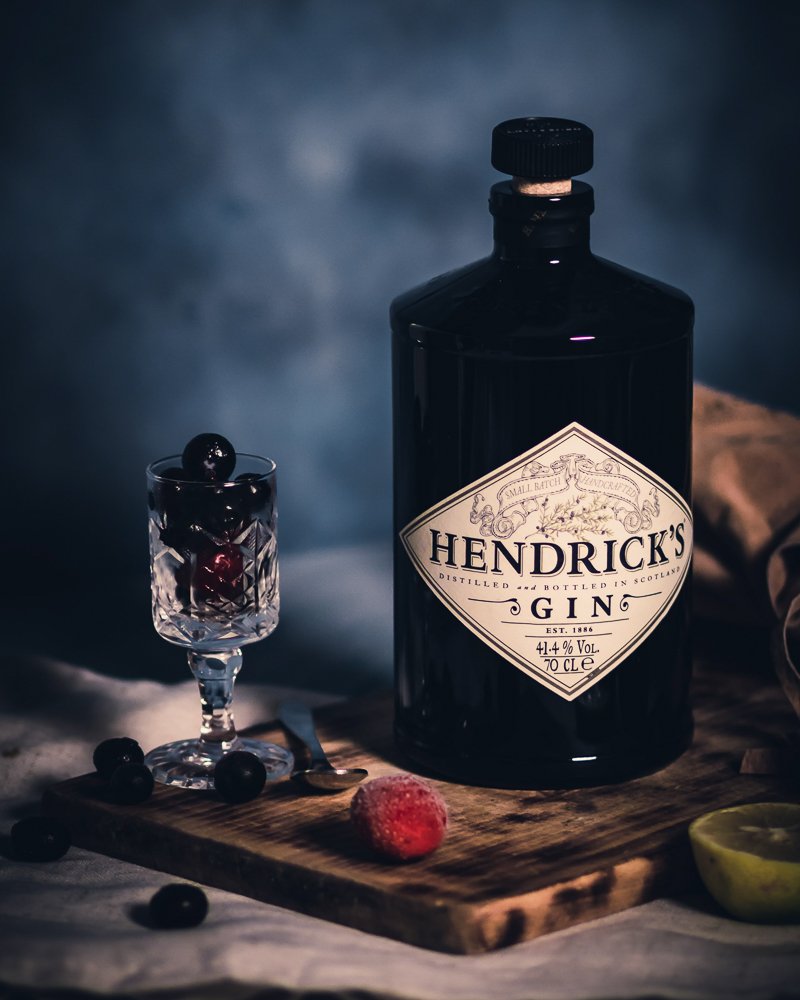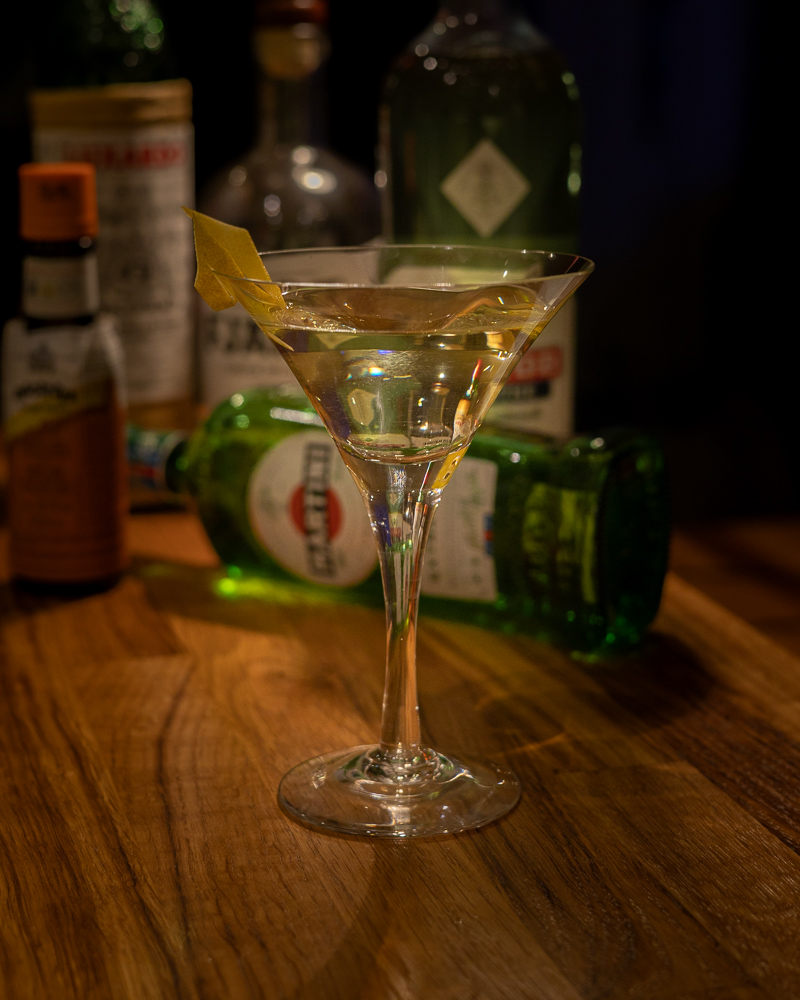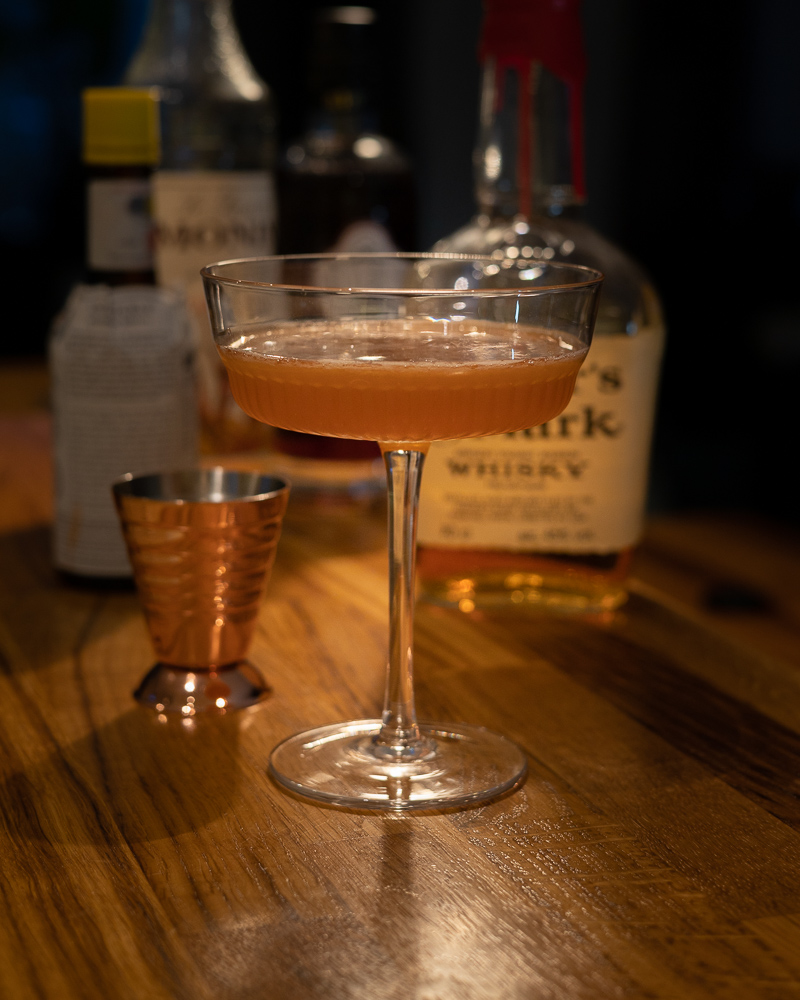

Gin can be found around the globe, but many people don't know what gin is, why gin is so popular, and how versatile it is. In this article, I will share knowledge on a few common gin-related questions, like, what is gin? How is gin made? and what types of gin you can find out there!
Gin is recognizable by its distinctive flavor and aroma. However, most people don't know the secret ingredient that gives it its unique flavor and aroma. The answer is juniper, which is a small, berry-like plant. A beverage cannot be called "gin" if it doesn't contain juniper.
There are many other ingredients in Gin, some of which can be barely discernible, but the main ingredient of true Gin is the berry.
Gin has been around for many centuries. However, it is difficult to know when and where exactly it originated. We know that the Greek physician Pedanius Dioscorides used a combination of juniper juice and wine to treat the common cold in 70 AD. This indicates that juniper and alcohol were already well-established traditions.
The Dutch made a mixture of wine and juniper to create "Jenever" a healing spirit. Later, during the Eighty Years War, the English consumed what they called "genever," before going to battle. This apocryphal tale allegedly gave rise to the name "Dutch courage."
In the United Kingdom, "Genever" became more popular during the years following the conflict. However, it was also known as "Geneva", "gen" or "gin", and is found in the 1714 book Private Vices and Publick Benefits. "Gin" is described in this book as a liqueur made from juniper berries.
Gin had already exploded in England by that time due to DIY gin-making being allowed by the government. The beverage was then banned. However, gin could not be and cannot be controlled. It thrived in England and was eventually exported to the New World in the late 19th century. There, upper-class Americans enjoyed gin with tonic in much the same manner as British citizens.
Prohibition made Gin even more popular in America. This was when homemade gin thrived underground, especially in jazz bars!
After alcohol became legal again in the United States, gin was the go-to drink for most Americans until the 1960s when vodka replaced it.
We are witnessing a gin revival all around the globe. It's gaining popularity again in countries like the United States and the United Kingdom! and attracting new fans in emerging markets in the rest of the world.
Before we continue, let's briefly discuss vodka and gin. Both spirits are sometimes confused. They are clear liquids, so they are often mixed together to make similar drinks like martinis and gimlets. However, vodka and Gin are pretty different.
Vodka is made with distilled potatoes, wheat, or rye. This is the most significant difference between vodka and gin. Gin is made from distilling malt or grains and infusing it using juniper berries and other botanicals.
Gin is a complex beverage, in both how it's made and what it contains, as well as the variety of flavors it has; today, there are around 6000 different gins with unique flavor profiles, which means you have a lot to explore!
There are quite a few methods if you wanna make Gin, but the most common is to start with base alcohol that has been distilled. The liquid is mixed with juniper and other botanicals to build the flavor profile.
Later on, I will give you a more in-depth DIY guide on how you can make your own gin at home.
We're now discussing botanicals. It's time to answer the question, "What's gin made from?" Truly.
All gins contain juniper. However, different brands and types of Gin have a variety of botanicals (things that add flavor) These are the most popular gin ingredients.
First, let's be clear: juniper berries are not berries. Technically, they are fleshy cones that look more like pine cones rather than blueberries. When mixed with alcohol, they release a citrusy essence.
It is essential to mention that the flavor of junipers can be affected by soil, climate, minerals, and other factors.
Coriander, sometimes called Chinese parsley, is the second most popular gin botanical after juniper. It has a little bit of a nutty flavor in gin; it is also a little spicy.
Angelica Root is another well-known gin botanicals. It adds sweetness and wholesome earthiness that makes gins more approachable. This flavor profile creates a balanced, enjoyable experience!
Orris root is derived from the iris flower. It adds a spring-like sweetness and clean taste to gin. However, it's much rarer than the Angelica root because it must be dried for five years before using them. This is why gins with orris root are expensive.
Lemon's tartness makes it appear like a simple ingredient. However, lemon is far more critical than that. It helps brighten the infusion and creates a more delicate and balanced spirit.
Orange tempers the gin’s pungent juniper just like lemon. Many gin brands use dried orange peels to distill their gins.
Licorice is as divisive and controversial as juniper. It is sweet, bitter, salty, and sour all at once. While not everyone will enjoy a licorice-infused Gin, those who do will be able to appreciate the way juniper and licorice interact.
Black pepper is a simple ingredient that gives the gin a more lively flavor.
Chinese cinnamon gives the gin a rich, full-bodied flavor, which is especially suitable for the winter months.
There is no single type of gin, as you might have noticed. There are many types and varieties of gin. This makes it difficult to answer questions such as "What's in gin?" and "What's the best gin?"
I can help with some guidance. Here's a quick overview of the main types of Gin, along with the differences in taste, process, and ingredients.
I would recommend bookmarking this article so you can find the best gin for your next occasion!
London Dry Gin is the most popular type of gin, you will be able to find it almost anywhere, and it goes into some of the most legendary cocktails. Negroni, Tom Collins, and French 75, to name a few!
The London Dry Gin designation refers to how the gin was made. It has less sugar than .1 grams per liter, which gives it a dry taste. It must be primarily juniper-flavored, and it must not have any color. This means that there are no strong botanicals or other ingredients that can mask or suppress the original gin taste. London Dry Gins are often preferred by devoted gin lovers.
This was the first type of gin to be made in England after the English had learned about it from the Dutch.
Genever, as a prototype, uses bare-bones botanicals like fennel and then literally mashes them up with austere malted barley, rye, or corn. Sometimes, a combination of all three.
Genever's fermentation produces a more robust, maltier gin than London Dry. Genever is also smokey and luscious compared to a London Dry.
Plymouth Gin, another English gin, hails from Plymouth. It is similar to American Bourbon, which must be made in the U.S.
Plymouth Gin is sweeter than London Dry and has a more substantial juniper presence. However, the berry here usually tastes softer. Plymouth Gin is a popular base for tonic drinks because it doesn't lead the flavor.
Old Tom Gin is somewhere in between Genever and London Dry. Due to the added sugar, Old Tom Gin is sweeter than London Dry but dryer than Genever. This results in a sociable yet strong gin.
The first appearance of sloe Gin in England was in the 17th century. It enjoyed centuries of popularity with the upper classes before it fell out of favor. In recent years, however, it has gained new followers. It is so popular that there are now several U.S.-based distillers who use local Aronia or beach plums to make their own Sloe Gins.
Sloe Gin has traditionally had 15-30% ABV. However, the E.U. To be considered "sloe," something must have at least 25% ABV.
Navy Strength Gins' name is misleading, and the story is a little labyrinthine.
"Navy strength" refers to any botanical-forward gin with at least 57% ABV. The term has a questionable connection to the 18th century British Royal Navy.
See, sailors didn't water down gin back then by testing it. They would mix gin and gunpowder together and light the mixture on fire. If the flame is clear, it is safe to drink.
Barrel-aged Gin is exactly what the name implies: gin steeped in wooden barrels - just like the olden days when genever was made.
This allows barrel-aged Gin to retain the deep smoky flavor often associated with Scotches. However, it has a smoother finish than the genever option and a juniper-rich flavor which is a beacon for Gin lovers.
The name is misleading, but modern gins stand out by offering innovative flavors that are superior to traditional juniper. Contemporary gins can be peppery, floral or rely on citrus and earthen herbs. Regardless of their ingredients, contemporary gins are determined to take the spirit into new places, often with tasty results.
When making gin, there are a few different ways to do it!
Steeping is the original method of making gin. Many distillers still use this process, especially those who make unique products.
They heat ethanol in a pot still, a drum-shaped container that collects alcohol and condenses it over time. This creates a solid base from which to infuse botanicals.
Next, the mixture is steeped for another few days. It becomes more concentrated before water can be added to achieve the perfect balance.
Vapor-infused gins start much the same way as steeped gins. The ethanol is added to a still. Instead of directly adding the botanicals to the ethanol, they are placed in a basket over the alcohol. The liquid heats and releases vapors which, in turn, release essential oils from the botanicals. The essential oils infuse the gin with their core flavors.
Vacuum distillation is one of the newest methods of making Gin.
Traditional gin is distilled at a boiling temperature of 78°C/172.4°F. Vacuum distillation uses a cooler 40°C/104°F. This allows for more botanical essence to be retained instead of combining them. It creates a multilayered beverage that is more obvious and shows you can still teach an old spirit new tricks.
Although it is not as popular as it used to be, aged gin gives a more profound and smokey flavor similar to Scotch. This is because aged Gin is kept for months in oak barrels previously used for Scotch and Vermouth. This, in turn, imparts these flavors to the gin, resulting in a more full-bodied, more acidic gin.
You can make a gin at home; the most straightforward way is to buy Vodka and add Juniper and other botanicals to create an excellent flavor profile.
Another way is to buy a basic gin and add more botanicals to it, creating a new flavor!
When making your own gin, you must let the botanicals sit for at least a week in the bought Gin or Vodka!


